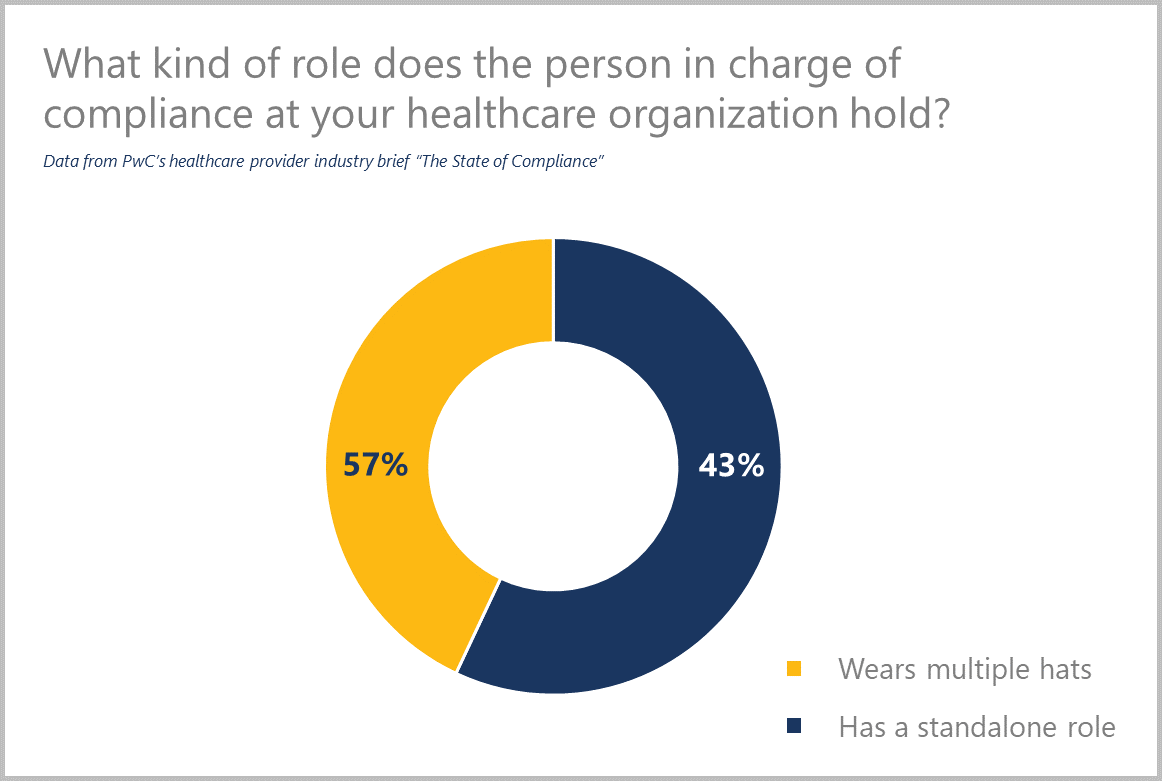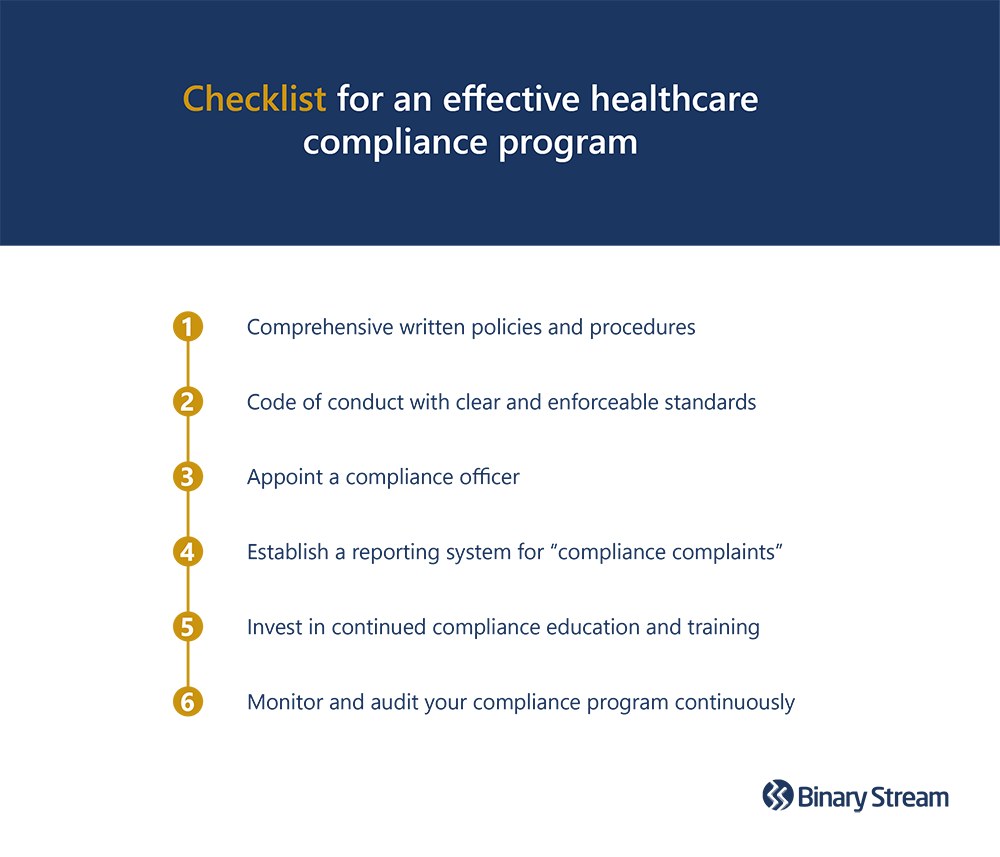 Binary Stream and Dexpro announce plans to build on their partnership and expand their foothold in the market with comprehensive solutions for Microsoft Dynamics GP and Dynamics 365 BC. They will combine over 20 years of experience to fill white space in the ERP’s core functionality and empower users with tried and tested solutions that meet the demands of modern finance.
Binary Stream and Dexpro announce plans to build on their partnership and expand their foothold in the market with comprehensive solutions for Microsoft Dynamics GP and Dynamics 365 BC. They will combine over 20 years of experience to fill white space in the ERP’s core functionality and empower users with tried and tested solutions that meet the demands of modern finance.
Lak Chahal, CEO at Binary Stream, describes the move as a strategic and focused continuation of this trusted partnership.
“This partnership allows us to bolster our efforts. We know we can rely on their deep passion and knowledge in the Dynamics space. They’ve always been excellent advocates for our solutions, and we’re proud to align ourselves even more closely as we look to increase our foothold in the market.”
Marlena Stark, CEO at Dexpro Dynamics, comments on why committing to this partnership adds value and delivers trusted solutions to Microsoft users.
“As a true business partner, Dexpro Dynamics acts as an advocate for our clients, and we only suggest add-on solutions for their Microsoft Dynamics solutions that we trust and know will add value. We have been selling and implementing solutions from Binary Stream for many years. These products are proven and fill a gap that currently exists in the core Dynamics ERPs.”
Marlena Stark also describes the loyalty inspired by Binary Stream’s products, which is crucial to why this partnership is a strategic step forward.
“We have seen that end-users who work with Binary Stream products request the same ones if they start working at a new company that uses Dynamics GP. We feel this is a true vote of confidence and are proud to continue our partnership with Binary Stream.”
Both companies have a long history in the Dynamics space. The partnership positions them to assist users as they modernize finance with a full suite of solutions covering everything from complex lease management to financial consolidation and subscription billing to managing healthcare supply chains.
Healthcare is one of the most regulated industries globally, and it will come as no surprise that organizations spend considerable sums on compliance programs every year. According to the PwC State of Compliance Survey, close to a third of U.S. healthcare organizations claim to spend over $1 million annually on corporate compliance.
Once, compliance regulations primarily impacted hospitals, but responsibility has shifted to cover care centres, physicians’, and other medical offices. Many of these organizations simply do not have the infrastructure to deal with the demands imposed by healthcare regulators and need to put a compliance program in place.
This blog serves as an introduction to healthcare compliance. It offers guidelines and best practices, as well as common hurdles you might face as you try to define and implement your healthcare compliance program. Below is a list of links to the various topics covered, which will help you navigate to the section most relevant to your specific needs.
Click on the healthcare compliance topic you’re most interested in to skip ahead:
Regulatory healthcare compliance is the continuous process of abiding by professional, legal, and ethical standards that govern healthcare organizations and medical practices. It requires effective implementation of processes, policies, and procedures to define appropriate conduct, educate teams, and provide for the continued monitoring of the adherence to these standards.
Compliance in healthcare covers many areas of the industry, including patient care, reimbursement, billing, managed care, and privacy and security. Healthcare providers must meet numerous standards and regulations to prove compliance, and we go into these in more detail below.

One of the primary purposes of developing an internal compliance program is to ensure your organization is adhering to standards and protecting itself against waste, malpractice, fraud, and potential liability. A program like this aims to establish and enforce an ethical and lawful culture where detection and resolution help organizations conform to industry regulations.
Establishing an effective healthcare compliance program will cost both time and resources, perhaps making it seem like an unattractive option to some. However, the risk of non-compliance is much more costly, and a lack of adherence to the governing standards of the industry will lead to fines much heftier than the amount you would spend on remaining compliant in the first place.
Although this list is by no means exhaustive, it does cover many of the key challenges organizations face when creating a comprehensive culture of compliance.

Although this list is by no means exhaustive, it does cover many of the key challenges organizations face when creating a comprehensive culture of compliance.
Rather than adopt new ideas or competitors’ practices without conducting due diligence on those practices, first, check that they meet industry regulations. For instance, they may be collecting data in a way that fails to meet compliance requirements. Before you start any new initiatives, be sure to read the fine print and check for any compliance regulations.
If your team is not fully aware of the risks involved or they only hear the word compliance once a year, it can make implementing an effective program seem like a low priority.
Everyone on your team needs to feel as if compliance is a critical part of their role. A failure to communicate this responsibility can result in the poor implementation of standards. It’s wise to consider appointing someone to oversee all efforts.

There may well be members of your team who’ve noticed issues but aren’t sure how to speak up or if feedback is welcome. Creating a culture where they’re encouraged to query anything that doesn’t seem to meet regulations is critical.
Communicating a desire for compliance is rarely enough. Organizations must establish referenceable written materials that clearly outline regulations, procedures, and codes of conduct.
Although most organizations will have only the best intentions for healthcare compliance, it’s too often the case that teams are buried in manual processes. Healthcare administration has many challenges, and one of them is working long hours simply to get financial reports compiled and consolidated. This kind of work can leave teams without the bandwidth to double and triple-check they’re meeting all regulations appropriately.
A few measures contribute to an effective healthcare compliance program, and they vary between organizations. For example, a smaller company may require fewer measures to remain on top of their compliance strategy but may want to consider adding extra elements as they scale. It’s also common for standards to be different across borders, and so any expansion needs to be conscious of changes to regulations in new geographies and under other governing bodies.
Your organization will likely need to take a step back and consider all aspects of your work that need to meet industry regulations and standards. Healthcare is one of the most regulated industries in the world. The following are simply examples of best practices employed in healthcare organizations where compliance is regularly achieved with standards like the ACA (Affordable Care Act) in the U.S.
 1. Create comprehensive written policies and procedures that cover every level of the company’s commitment to complying with regulations.
1. Create comprehensive written policies and procedures that cover every level of the company’s commitment to complying with regulations.
2. Develop a code of conduct with clear and enforceable standards that allow for appropriate disciplinary action in the event of breaches of compliance requirements by your team.
3. Appoint a compliance officer responsible for monitoring and maintaining all areas of compliance and ensuring the implementation of policies and procedures.
4. Establish a reporting system for “compliance complaints” and encourage a culture of feedback within your organization, allowing members to make complaints without fear of retaliation.
5. Invest in the continued education and training of all employees on compliance standards and best practices.
6. Continuous monitoring and auditing of your compliance program to effectively identify ongoing issues as they arise.
Healthcare compliance is a continuous effort and impossible to cover comprehensively in one single blog post. Rather than try to provide insight into every relevant healthcare regulation you should be aware of, we’ve instead compiled a list below of U.S. regulations as a jumping-off point and an introduction to the complexity in just one region.
Each item listed links to relevant guides or additional resources to help you fully comprehend the requirements of each regulation. It’s important to note that different regions and governing bodies will have different standards. This list merely gives an impression of just how complicated keeping track of all the requirements can be.
One of the biggest hurdles in the way of a culture of compliance in healthcare is the sheer amount of manual work required. Many organizations use systems to help them automate some processes but not all. It’s possible to invest in an ERP that will centralize all your information, allowing for greater transparency and ease of automation across various departments.
Investing in software like this enables you to manage finances with transparency, using a centralized database and automation to reduce human errors and empower your team to take ownership. In addition, it reduces the overall team’s workload allowing them to focus more on issues of compliance as well as monitoring and auditing financial reports. Why not check out our blog on the benefits of an ERP system to learn more about how effectively you can reduce your overheads and streamline operations.
Pre-configured settings and processes that enable global compliance for healthcare organizations are readily available through the Microsoft Cloud for Healthcare. The cloud provides capabilities to manage health data at scale and make it easier for healthcare organizations to improve the patient experience, coordinate care, and drive operational efficiency, while helping support security, compliance, and interoperability of health data. With a growing community of partners developing add-on solutions for common problems faced by healthcare organizations, you can rest assured you can meet your compliance goals without hassle.
Inventory management issues in healthcare supply chains are nothing new. For years, hospitals and long-term care facilities have seen expensive inventory go to waste, and unused materials tie up valuable storage space. Surplus stock, emergency “just-in-case” supplies, and shelf-life limitations all exacerbate these issues.
Supply chains have become something of a buzzword across most industries. When it comes to healthcare, the importance grows as materials are often needed to save lives. Introducing a systematic supply chain doesn’t just save time and money. It also frees up the minds of healthcare workers to worry about the patients, knowing that the materials they need will always be on hand.
But before you jump in, you must step back and diagnose the problems with your supply chain. It’s impossible to fix any issue without first fully understanding what’s causing it. In this blog, we will list the common inventory issues, then the steps to identifying your problems and creating a systematic supply chain that will never let your healthcare workers down.

No one person will be able to create this list. You must gather information from across your healthcare facility or facilities. A nurse may see different issues than the person in charge of storage, and the accounts team may be frustrated by something else entirely. Survey everyone involved at every link in the supply chain as you need a clear picture of all issues experienced.
You may find the list you end up with is quite long and covers a lot of ground. Try to break it up into categories that will help you better understand crossovers between issues. For instance, the inaccurate entry of data is likely to impact several areas of the supply chain.
If you’re unsure why a problem is happening, it is best to ask some questions. For example, if too many boxes of unused medications are taking up valuable storage space, it may be a good idea to follow the supply chain. You should figure out why exactly this is occurring.
It could be that orders occur on a recurring rotation without first checking existing supplies. It could also be a data entry issue or even just a member of the team with a desire to have extra supplies on hand. Once you know where the problem is coming from, it’s easier to prioritize this issue and decide how best to deal with it.
To prioritize the problems, you must identify which issues cause the most significant or most problematic losses. For example, you may find that incorrectly located material is a higher priority than overstocks because it impacts more lives. Equally, you may find that obsolete material is a priority as it ends up costing your healthcare facilities a lot of money.
Most supply chains will make financial justification the key to prioritizing a category, but when it comes to healthcare, the situation is more nuanced. Saving lives comes first, and so solving any issues that will result in better healthcare will most likely be a top priority.
You may not want to rush in with solutions just yet. Although you have a list of issues, you’ve no idea how frequently each one might occur. It’s best to start to track these occurrences so that you know which happens most often. If you have multiple locations, each team must track its inventory problems separately so that you can get a clearer idea of what is and isn’t working.
Set up a reporting system (a spreadsheet may work) that allows your team to record critical information about each issue. Essential information to record includes location, product, age of the stock, the issue with the stock, details as to why the problem occurred.
Before you start to solve the issues, you first need to tidy up the existing supply chain. Ensure all data is updated, expired items dealt with, and sort storage so that materials are in the right places. Once this short-term tidy is complete, you can begin to consider how best to fix the underlying issues.
Even with the best intentions, a short-term tidy up will only last so long. If the management of the supply chain does not change, it’s only a matter of time before the same inventory issues resurface.
A long-term solution will most likely include changes to the existing supply chain management processes and involving technology. Much of the issues in today’s healthcare supply chains come down to human error, obsolete processes, and poorly managed stock. By introducing automation to the supply chain, you will solve many of the issues.
Not only will a dedicated healthcare ERP solution solve data inconsistencies, but it can help you forecast the usage of stock, request material promptly, and enable users to scan and use items immediately. A system that automates the supply chain allows your team to get the job done quickly and efficiently without worrying about keeping track of materials after a long day treating patients. If you’re investing in an ERP, check out our blog on ten steps to help you build an ERP checklist.
The challenges confronting all healthcare providers/organizations today are numerous and often daunting. Discover how HMM can address those challenges.
HMM delivers a superior and comprehensive Microsoft Dynamics ERP solution to simplify and enhance your complex supply chain management.
The Enterprise Series offers end-to-end solutions for wide-ranging organizational requirements and is suitable for both small and large organizations.